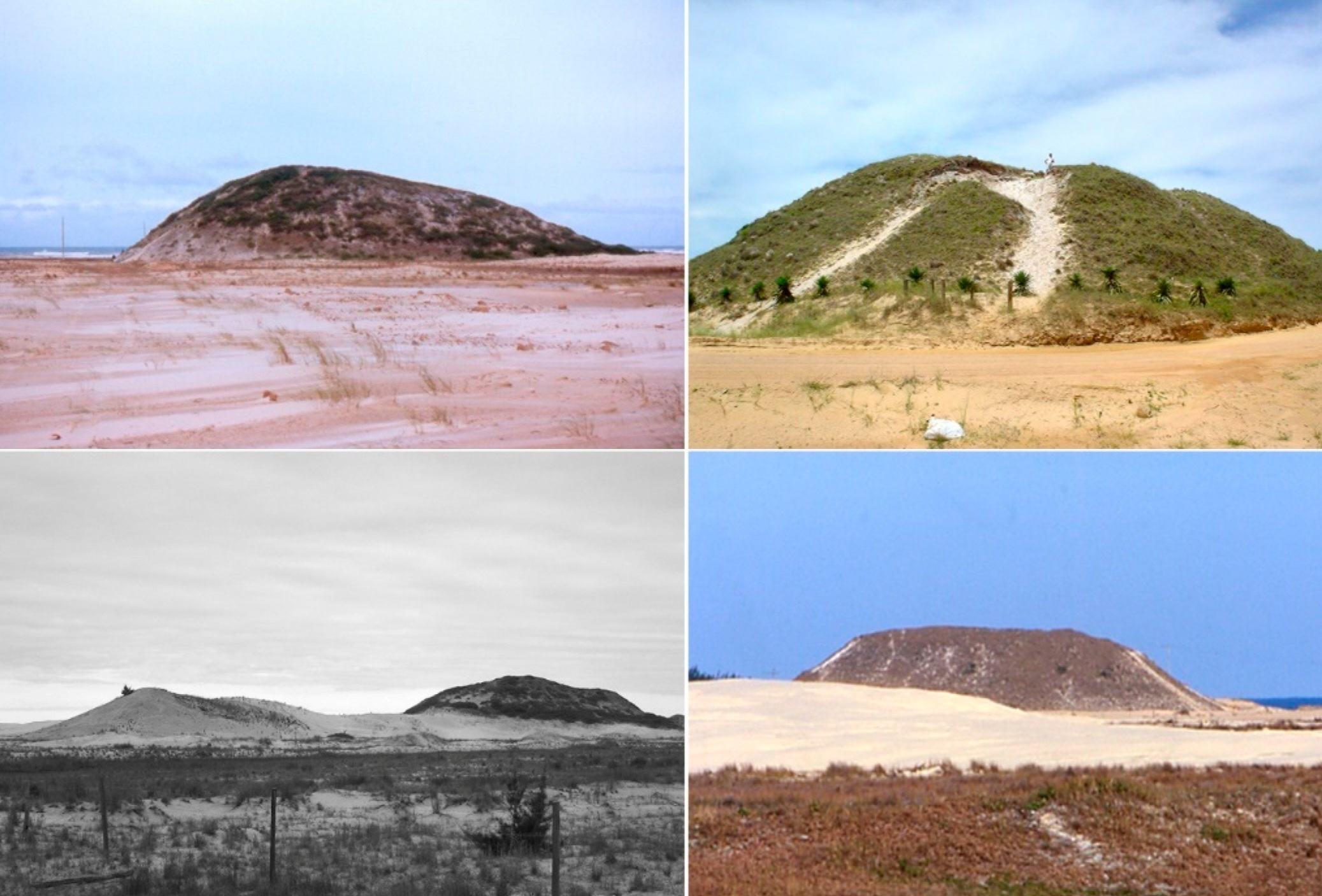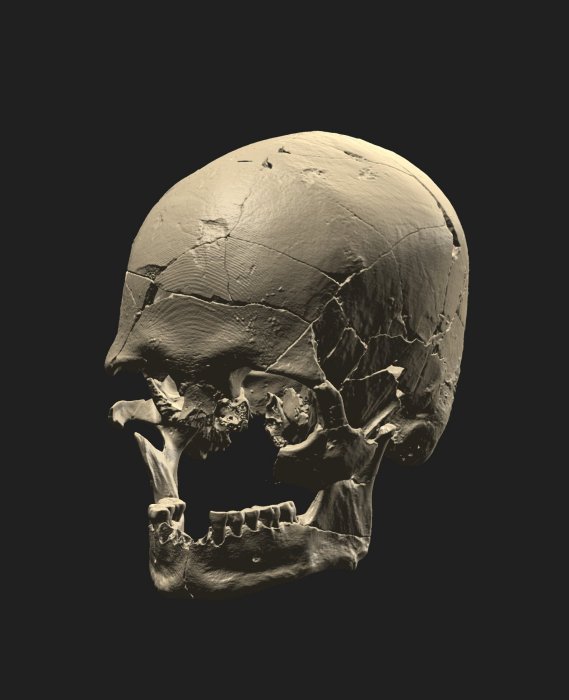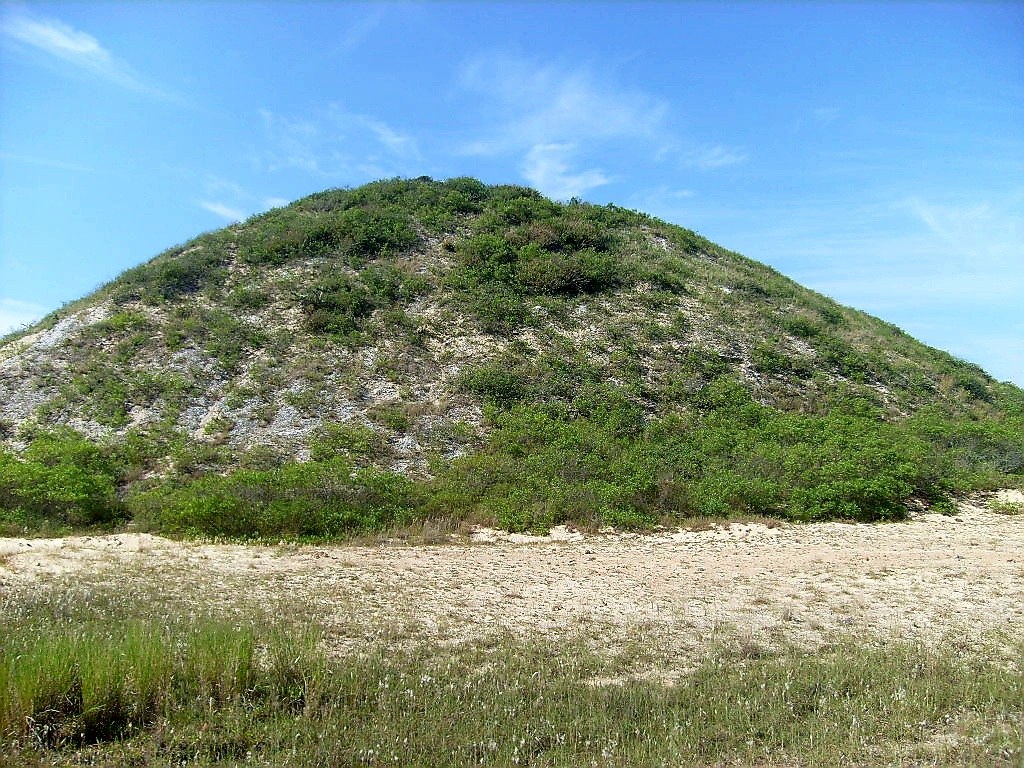A newly conducted DNA study has concluded that the oldest human skeleton found in São Paulo, Brazil, Luzio, can be traced back to the original settlers of the Americas around 16,000 years ago. This group of individuals eventually gave rise to the present-day Indigenous Tupi people.

This article presents an explanation for the disappearance of the oldest inhabitants of the Brazilian coastal region who constructed the renowned “sambaquis,” which are substantial piles of shells and fishbones utilized as dwellings, burial sites, and markers of land boundaries. Archaeologists frequently label these heaps as shell mounds or kitchen middens. The research is based on the most extensive set of Brazilian archaeological genomic data.
Andre Menezes Strauss, an archaeologist for MAE-USP and leader of the research, commented that the Atlantic coast sambaqui builders were the most densely populated human group in pre-colonial South America after the Andean civilizations. For thousands and years, they were deemed ‘kings of the coast’, until they suddenly disappeared roughly 2,000 years ago.

The genomes of 34 fossils, at least 10,000 years old, from four areas of the Brazilian coast were thoroughly examined by the authors. These fossils were taken from eight sites: Cabeçuda, Capelinha, Cubatao, Limao, Jabuticabeira II, Palmeiras Xingu, Pedra do Alexandre, and Vau Una, which included sambaquis.
Led by Levy Figuti, a professor at MAE-USP, a group found the oldest skeleton in Sao Paulo, Luzio, in the Capelinha river midden of the Ribeira de Iguape valley. Its skull was similar to Luzia, the oldest human fossil found in South America thus far, which is estimated to be about 13,000 years old. Initially, the researchers speculated that it was from a different population than the present-day Amerindians, who populated Brazil around 14,000 years ago, but it was later proven to be false.
The results of the genetic analysis of Luzio established that he was an Amerindian, like the Tupi, Quechua, or Cherokee. This does not imply that they are completely identical, yet from a worldwide viewpoint, they all stem from a single wave of migration that reached the Americas no more than 16,000 years ago. Strauss stated that if there was another populace in the region 30,000 years ago, it did not leave any descendants among these groups.
Luzio’s DNA provided insight into another query. River middens are dissimilar from coastal ones, so the discovery cannot be assumed to be a forebear of the grand classical sambaquis that appeared later. This revelation indicates that there were two separate migrations – into the inland and alongside the coast.
What became of the creators of the sambaqui? The examination of the genetic data revealed dissimilar populations with shared cultural elements but considerable biological distinctions, particularly between the inhabitants of the coastal regions of the southeast and south.
Strauss noted that research on cranial morphology in the 2000s already suggested a subtle discrepancy between these communities, which was backed up by the genetic analysis. It was found that a number of coastal populations weren’t isolated, but regularly had gene exchange with inland groups. This process must have been taking place over thousands of years and is thought to have resulted in the regional variations of sambaquis.

When investigating the mysterious disappearance of this seaside community, which was comprised of the first hunters and gatherers of the Holocene, the DNA samples analyzed demonstrated that, as opposed to the European Neolithic practice of switching out entire populations, what occurred in this region was a change in customs, involving a decrease in the building of shell middens and the addition of pottery by sambaqui builders. For instance, the genetic material found at Galheta IV (located in Santa Catarina state) – the most striking site from this period – did not contain shells, but rather ceramics, and is comparable to the classic sambaquis in this regard.
Strauss remarked that the results of a 2014 study on pottery shards from sambaquis were in agreement with the notion that the pots were used to cook fish, rather than domesticated vegetables. He highlighted how the inhabitants of the area had adopted a technique from the inland to process their customary food.
The study was originally published in the journal Nature on July 31, 2023.




